SITUATION
• Proactively responding to Royal Commission recommendations, the Archdiocese needed modern methods to enhance and streamline information management.
RESULTS
• Used Laserfiche technology to digitize and preserve historical documents
• Safeguarded the Archdiocese’s rich history while seamlessly integrating contemporary records for future efficiency
Located in Western Australia, the Catholic Archdiocese of Perth is a nearly 200-year-old religious organization with strong roots in the community. It consists of 110 parishes, 26 agencies and organizations, and about 70 schools. The Archdiocese is based in Perth, the capital city of the State of Western Australia.
As a large and historic religious community, the Archdiocese manages a vast flow of information across its many services. To improve its processes, proactively safeguard its community by following Royal Commission recommendations, and streamline operations, the Archdiocese partnered with Laserfiche to implement a secure and robust records management system.
Transforming to Digital
 Odhran O’Brien serves as the Director of the Archives and Information Governance Office, whose mission it is to oversee, preserve and make accessible the archives and digital information throughout the Archdiocese. When O’Brien was appointed in 2016, he and his team of seven individuals discovered the organization was managing information, particularly digital information, in inconsistent methods, that do not follow industry best practice. “Previously, information was siloed, and people could not access information from other departments. We felt we needed a high-level strategy to change that and bring the organization into the future,” said O’Brien. As a result, they created an Information Governance Strategy, focused on managing the Archdiocese’s digital information in a consistent manner across all its many agencies, parishes and organizations.
Odhran O’Brien serves as the Director of the Archives and Information Governance Office, whose mission it is to oversee, preserve and make accessible the archives and digital information throughout the Archdiocese. When O’Brien was appointed in 2016, he and his team of seven individuals discovered the organization was managing information, particularly digital information, in inconsistent methods, that do not follow industry best practice. “Previously, information was siloed, and people could not access information from other departments. We felt we needed a high-level strategy to change that and bring the organization into the future,” said O’Brien. As a result, they created an Information Governance Strategy, focused on managing the Archdiocese’s digital information in a consistent manner across all its many agencies, parishes and organizations.
O’Brien and his team set to work right away finding the technology that could safely handle and store the information they planned to include within a records management system, some from nearly two centuries ago. Having worked with workplace technology provider Ricoh Australia for over a decade, the Archdiocese team partnered with the organization to find and implement the perfect solution. Laserfiche’s capabilities made it the obvious choice. “We’ve got records dating back to the 1840s. We’ve got sacramental information (information about people getting baptized and various sacraments within the church), but also all the business records of the organization, again, going back to the 1840s,” O’Brien shared.
The Archdiocese was able to easily and quickly use Laserfiche’s technology to digitize the abundant mix of historical documents and archive them within Laserfiche’s records management system. Additionally, they implemented a way for contemporary records to feed into the same system, enabling all documents to be organized and stored together in one, secure location.
A Single Source of Truth
Since turning to Laserfiche, the Archdiocese has experienced numerous benefits, especially when it comes to having one designated home for all information across the organization. “The primary benefit has been the fact that we now have a single source of truth for our 200 employees in our major administration center,” said O’Brien. “We’re also using automation throughout our 110 parishes. So, all the inquiries they receive for religious services, education and charitable requests are automated, allowing them to serve the community much more efficiently than they ever have in the past.”
O’Brien highlighted the significant benefits Laserfiche has brought to the Archdiocese and the community it serves: “Digitizing our information has not only enhanced our administrative creativity but also greatly increased our efficiency. What used to take weeks to find can now be accessed in real time.
“For example, by using Laserfiche, our Safeguarding Office has noticed that their small team of four people, serving tens of thousands in our community, can streamline workflows and improve accessibility to information. This efficiency not only allows the team to provide accurate, up-to-date information to stakeholders, clients, and the community but also frees up hundreds of hours per year for important safeguarding support with the Perth Church community.”
Laserfiche has also streamlined how the Archdiocese handles a wide range of inquiries, from religious sacraments to school enrollments and charitable support. O’Brien noted, “Laserfiche enables us to quickly and accurately direct individuals to the services they need, whether it’s for homelessness support or financial relief.”
Laserfiche provides nationwide accessibility, enabling historians, scholars and family members across Australia to easily request and access ancestral heritage and stories. This improved access accelerates research, supports publications, and enriches family trees. O’Brien added that since implementing Laserfiche’s search functionality, his office and small team have successfully fulfilled hundreds of requests each year.
Still to Come
 Looking forward, the Archdiocese plans to expand its successful use of Laserfiche to other areas within the organization. One major aspect will include automation. “We’re hoping that a number of our large parishes and charities’ service and information requests will be completely automated through Laserfiche. So, they’ll be able to use all the services they provide, whether it be community services or simply religious services. People will log on to a website, access Laserfiche Forms, and those processes will go through automatically,” said O’Brien.
Looking forward, the Archdiocese plans to expand its successful use of Laserfiche to other areas within the organization. One major aspect will include automation. “We’re hoping that a number of our large parishes and charities’ service and information requests will be completely automated through Laserfiche. So, they’ll be able to use all the services they provide, whether it be community services or simply religious services. People will log on to a website, access Laserfiche Forms, and those processes will go through automatically,” said O’Brien.
The Archdiocese also has plans of broadening Laserfiche’s reach in general and to include mobile options, such as an app, within the next two years. O’Brien shared, “We certainly hope we’ll move to a cloud-based solution so it can be implemented more widely. Currently, Laserfiche is implemented across both the Archdiocese of Perth and one of our neighboring archdioceses. So, that’s roughly an area the size of Spain or France. We’re hoping that we’ll continue to be able to expand that out further.
”The Archdiocese is committed to staying at the forefront of technology, with Laserfiche integral to its future plans. “What excites me most about our ongoing Laserfiche project is its potential for the future,” O’Brien said. “Embracing AI ethically and further automation in an easy UI and UX for staff, volunteers and stakeholders will enable us to enhance our services and more effectively support the community we are dedicated to serving.”

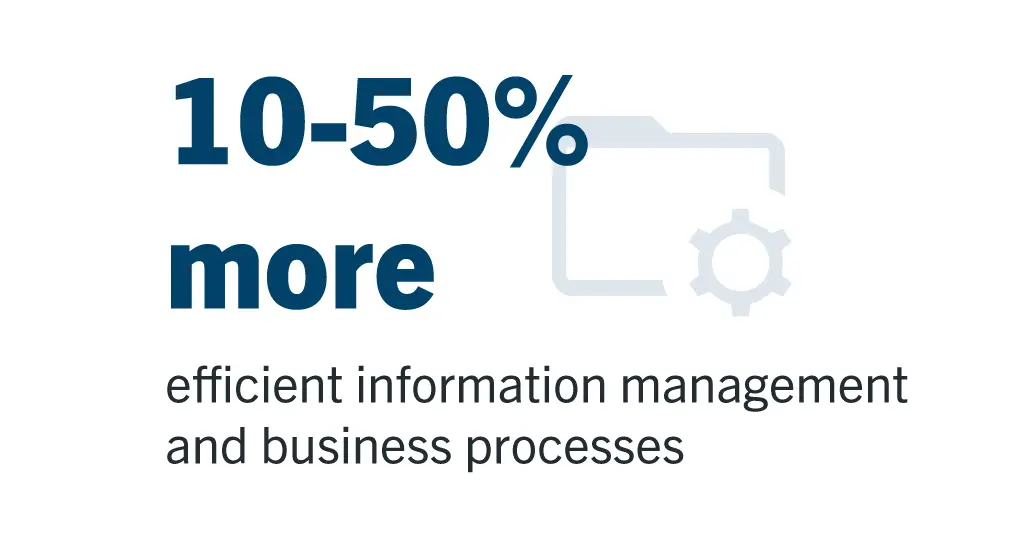 Since implementing Laserfiche, St. Denis estimates that information management and automated business processes have been made between 10-50% more efficient. In some cases, the impact has been even greater.
Since implementing Laserfiche, St. Denis estimates that information management and automated business processes have been made between 10-50% more efficient. In some cases, the impact has been even greater.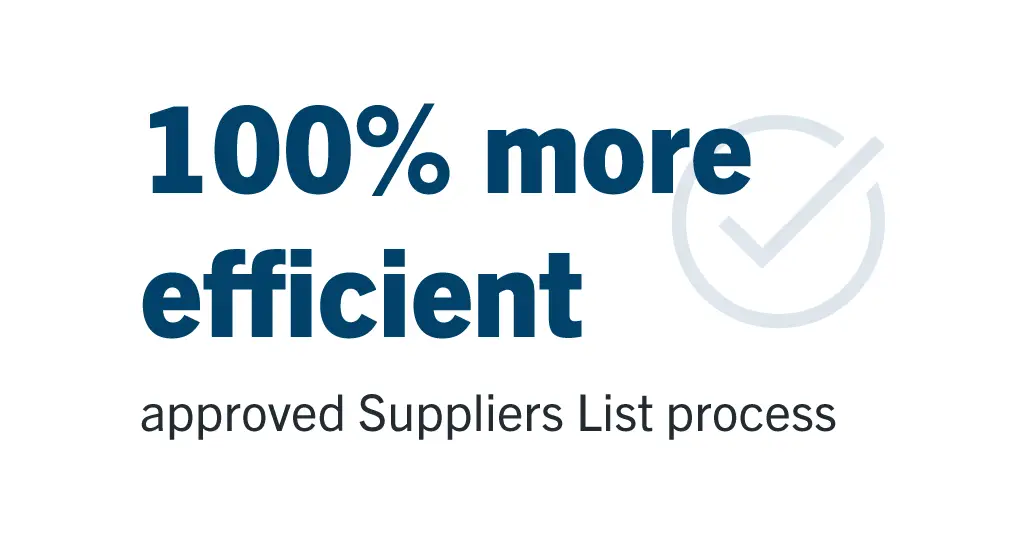 One of the most impactful Laserfiche solutions has been the Approved Suppliers List (ASL), which was previously managed through a Word document. “We built a Laserfiche Forms process in front, and within 15 minutes, that approved supplier is on the Approved Suppliers List,” St. Denis said. The previously manual, cumbersome process typically took between two to three weeks. “These automated processes enable us to communicate certified suppliers to our organization quicker. Ultimately, we can get back to the client sooner.”
One of the most impactful Laserfiche solutions has been the Approved Suppliers List (ASL), which was previously managed through a Word document. “We built a Laserfiche Forms process in front, and within 15 minutes, that approved supplier is on the Approved Suppliers List,” St. Denis said. The previously manual, cumbersome process typically took between two to three weeks. “These automated processes enable us to communicate certified suppliers to our organization quicker. Ultimately, we can get back to the client sooner.”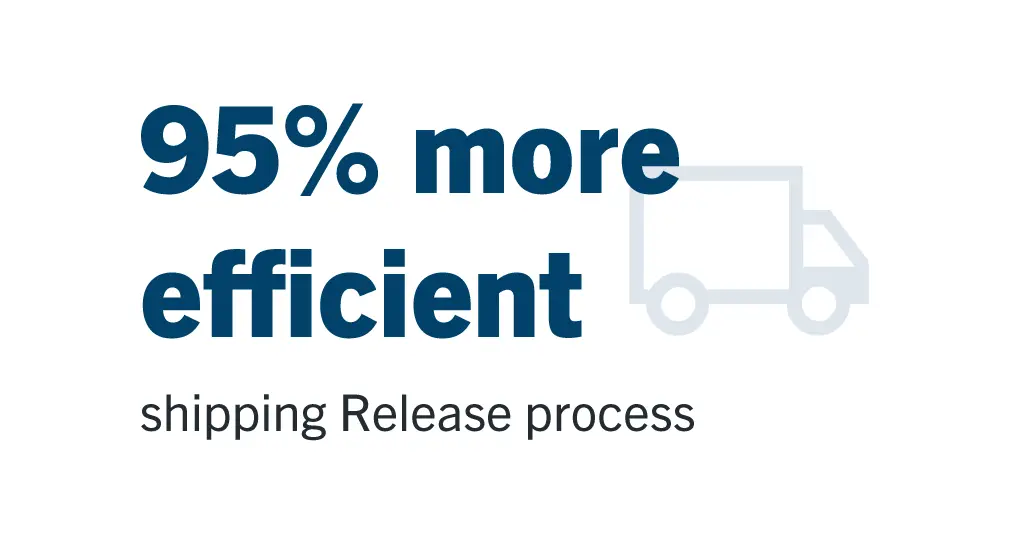 Other processes have simplified and accelerated collaboration across the enterprise, even across global regions. The Shipping Release process requires multiple sign-offs on multiple documents — with an average of three signatures per document. Previous to automating, employees would physically walk forms around or send them through email; when signatories were in different countries, delays were not uncommon. “We were able to get the average time it takes to do a shipping release from three business days down to one to two hours,” St. Denis explained.
Other processes have simplified and accelerated collaboration across the enterprise, even across global regions. The Shipping Release process requires multiple sign-offs on multiple documents — with an average of three signatures per document. Previous to automating, employees would physically walk forms around or send them through email; when signatories were in different countries, delays were not uncommon. “We were able to get the average time it takes to do a shipping release from three business days down to one to two hours,” St. Denis explained. Using Laserfiche’s intelligent capture, transparent records management, and complementary process automation capabilities, Orano has seen the benefits of faster information retrieval, enhanced regulatory compliance, and increased productivity across the organization.
Using Laserfiche’s intelligent capture, transparent records management, and complementary process automation capabilities, Orano has seen the benefits of faster information retrieval, enhanced regulatory compliance, and increased productivity across the organization.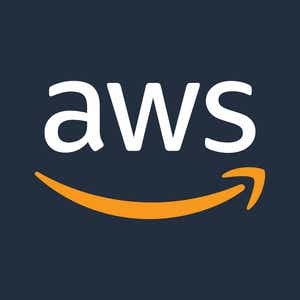

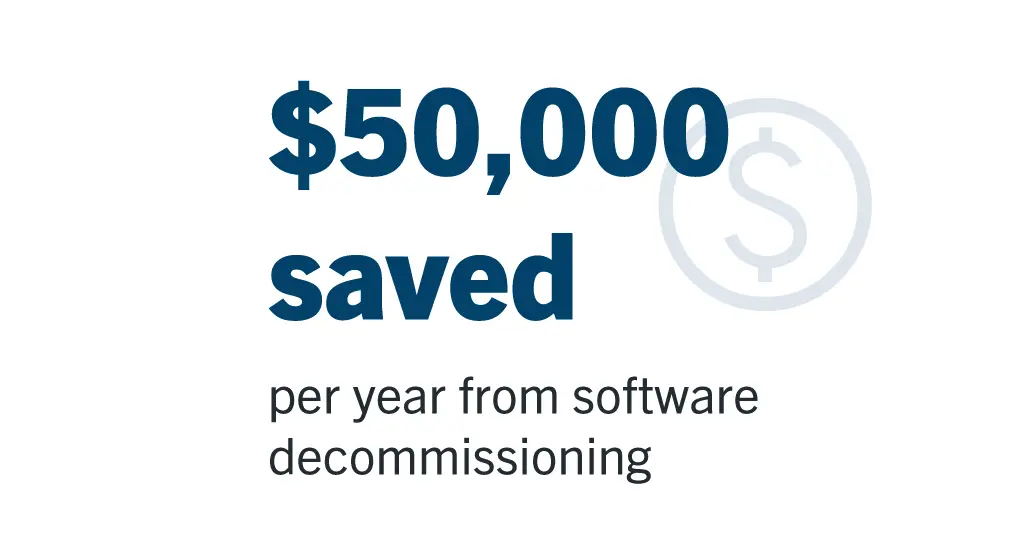 Today, the team estimates that Laserfiche has saved over $150,000 and tens of thousands of hours, while they continue to collect data on efficiency gains in other areas.
Today, the team estimates that Laserfiche has saved over $150,000 and tens of thousands of hours, while they continue to collect data on efficiency gains in other areas.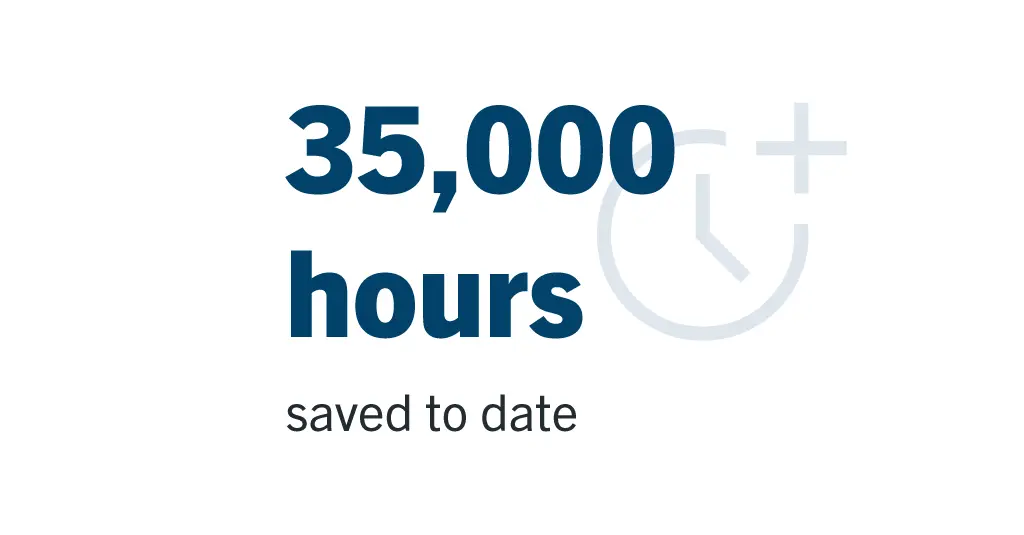 “We have increased consistency, efficiency and collaboration by standardizing the main Business Development process across 11 offices,” Bester explained. “The result has been more visible and transparent results on Stonehage Fleming’s expected revenue stream.”
“We have increased consistency, efficiency and collaboration by standardizing the main Business Development process across 11 offices,” Bester explained. “The result has been more visible and transparent results on Stonehage Fleming’s expected revenue stream.” Ultimately, the IT team aligns its work with Laserfiche with Stonehage Fleming’s values, which are focused on excellence, integrity and embracing the behaviors that make families harmonious and successful.
Ultimately, the IT team aligns its work with Laserfiche with Stonehage Fleming’s values, which are focused on excellence, integrity and embracing the behaviors that make families harmonious and successful.